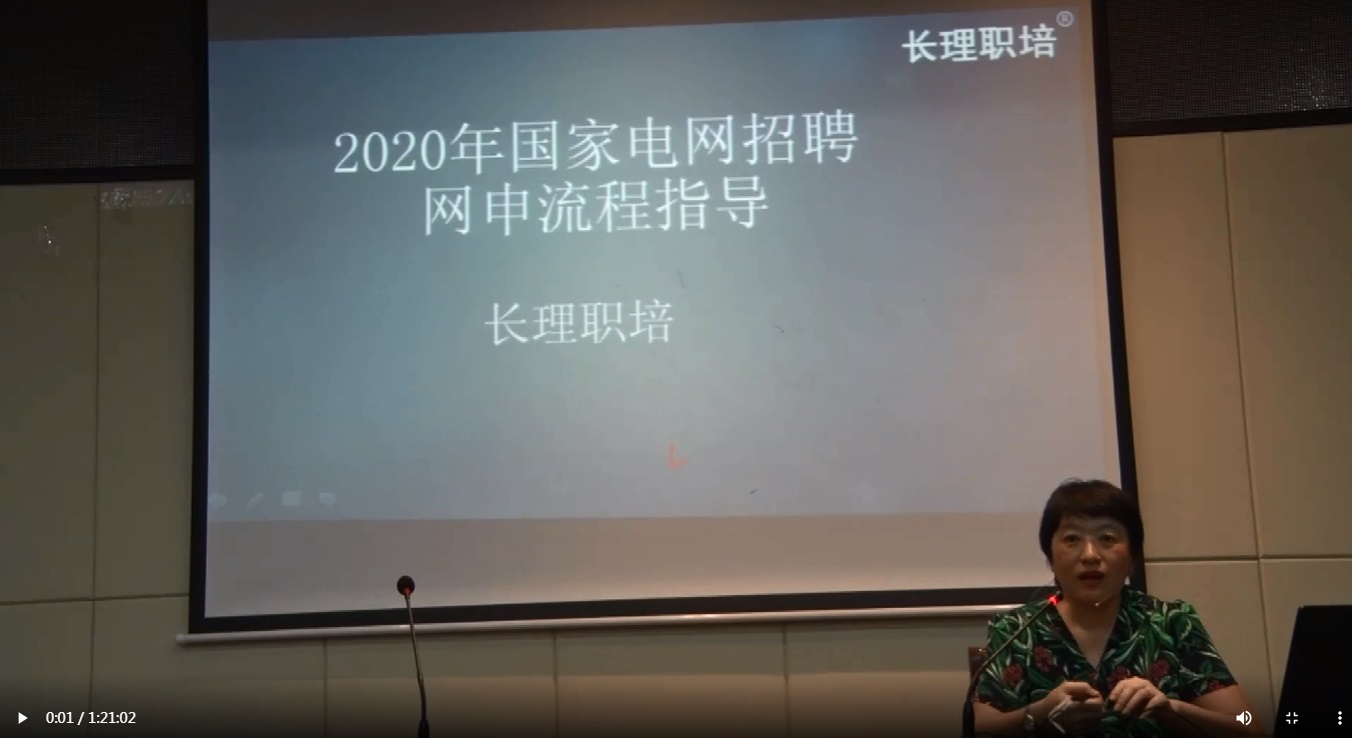Genghis Khan, "Khan of Khans", was the great leader of Mongolians. At the end of 12th century, he united Mongolian tribes and challenged other powers to expand his huge Mongolian empire, which extended from South China to the Caspian Sea.
In 1277, Khan attacked the West Xia Kingdom (presently Ningxia) and encountered strong resistance. He died of disease and age. The great emperor was later buried secretly according to Mongolian custom. It says that after the burial 2,000 men were slaughtered by some 800 soldiers who were in turn executed so that the location of the real tomb remains a secret.
Genghis Khan's Mausoleum, rebuilt in 1954 185 kilometers south of Baotou, is a mausoleum, in which only his clothing is buried in memory of the great leader. The 5.5 hectares mausoleum includes three giant yurt halls which house coffins of the Khan, his wife, his son and his generals.
There are four sacrifice ceremonies held annually to commemorate the great hero and leader of the Mongolian people. The ceremony, held on March 21st on lunar calendar, is the grandest. After the ceremony, horse racing, archery and wrestling are held as entertainment.
Notes:
1. Genghis Khan's Mausoleum 成吉思汗陵
2. Caspian Sea 里海
3. West Xia Kingdom 西夏王国
编辑推荐:

温馨提示:因考试政策、内容不断变化与调整,长理培训网站提供的以上信息仅供参考,如有异议,请考生以权威部门公布的内容为准! (责任编辑:长理培训)






















点击加载更多评论>>